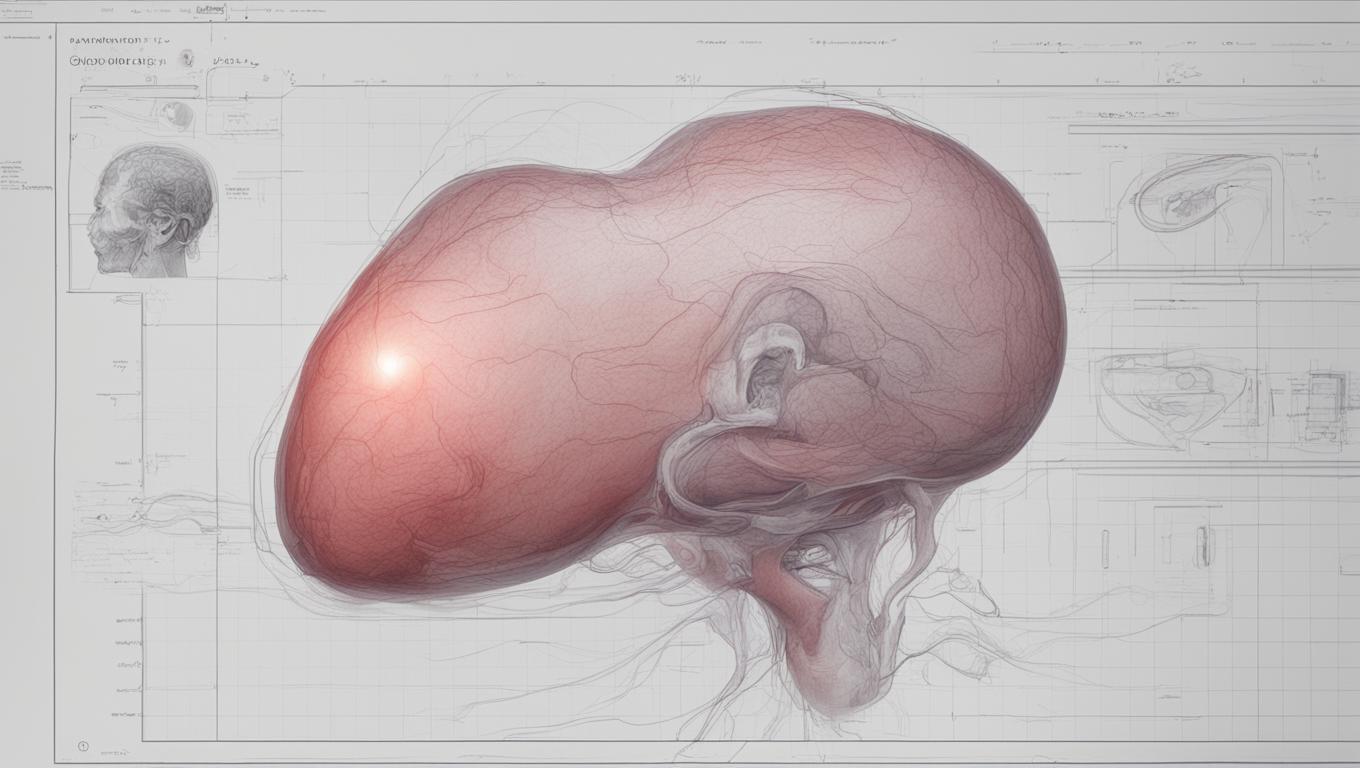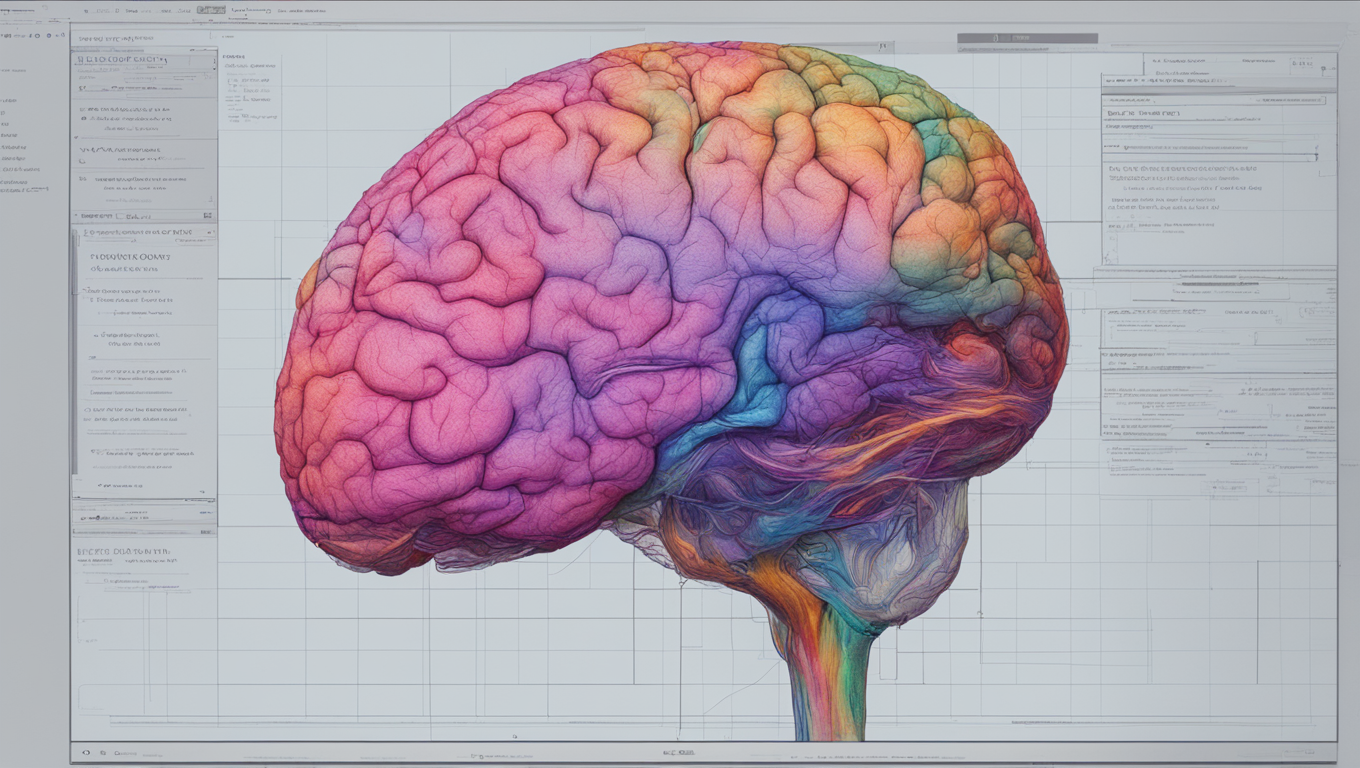Staring at a computer screen, Mark’s arms resting by his side, he focuses deeply. His right index finger trembles ever so slightly on top of a pillow, and then an alert rings out from the screen in front of him, a message to a caregiver that he needs assistance. Without ever clicking a mouse or touching a screen, Mark selected this command on his computer simply using signals from his brain. Mark, whom CNN has agreed to identify using only his first name for privacy reasons, has an implant inside his brain that is translating his neural activity to commands on a computer.
Mark is just one of ten people in the world implanted with this particular type of brain-computer interface (BCI). He’s participating in a human trial with a company called Synchron and underwent the procedure in August, after being diagnosed with amyotrophic lateral sclerosis (ALS) in 2021. The hope is that the technology in Mark’s brain could assist him and others like him who are losing their motor function.
“It’s an opportunity for a piece of technology to help someone that will not be able to help themselves otherwise,” Mark told CNN.
Excitement around the potential for BCI technology has grown over the past year, powered in part by high-profile support from billionaire Elon Musk and his company Neuralink. However, despite the strides being made, BCI technology is still far from being mainstream and faces numerous limitations and regulatory hurdles.
Mark’s brain implant, called a Stentrode, consists of a stent with electrode sensors that can detect electrical brain activity. The Stentrode learns to recognize the electrical signatures associated with different movements and creates a personalized dictionary of movement. When Mark thinks about a certain movement, the Stentrode reads that brain signal and recognizes the intended movement. The signal is then transmitted to a computer via an internal and external transmitter.
For the past three months, Mark has been working with an occupational therapist from Synchron to master different tasks. So far, he has mastered a program that allows him to send health notifications or pain reports to his healthcare provider. His immediate goals are to be able to control his Alexa and turn on Netflix, as well as to learn how to text.
Mark’s involvement in the study provides hope not just for himself but for others as well. By pushing the boundaries of BCI technology, he is contributing to its development and increasing the potential for it to help individuals with conditions like his.
“It’s an opportunity to maybe help myself,” Mark said. “But more importantly, I think, to help other individuals.”
As the race to commercialize BCI heats up, policymakers are taking notice and discussions about ethics and regulations are being held. It’s important to ensure the full protection of human rights and the ethical use of neurotechnology as it progresses at a rapid pace.
The involvement of Elon Musk and his company Neuralink has added fuel to the fire. Neuralink has made bold claims about BCI’s potential and has raised significant funding. However, the company has also faced criticism and controversies, such as rushing to market and the treatment of animals during testing.
For Mark, the BCI provides hope for a future where he can regain some independence and continue living a full life. Tasks that were once challenging may become easier with the help of the implant. Ultimately, his involvement in the study is driven by the desire to help not just himself but others facing similar challenges.
“It’s an opportunity to be able to do those tasks without the use of my arm,” Mark said. “But more importantly, I think, to help other individuals.”





Use the share button below if you liked it.